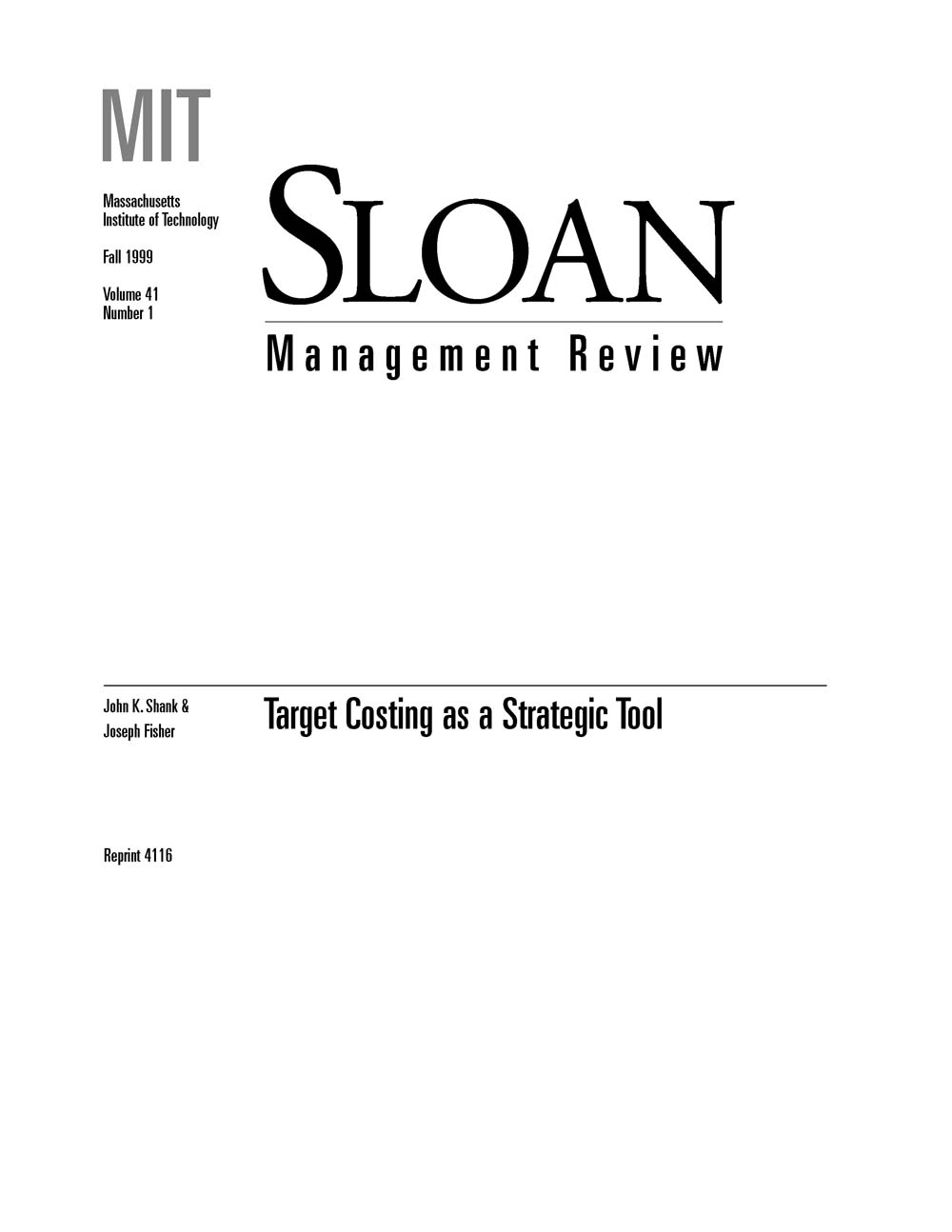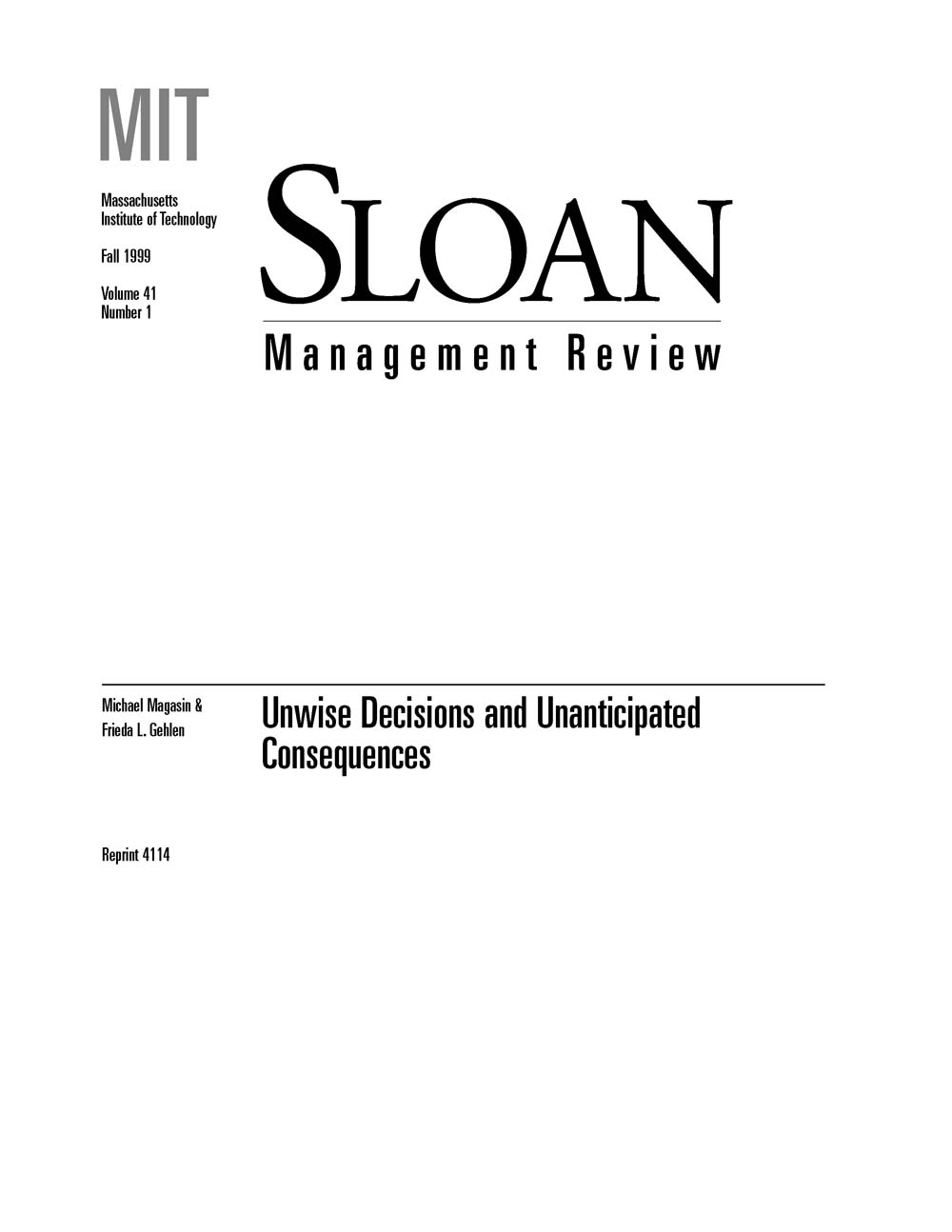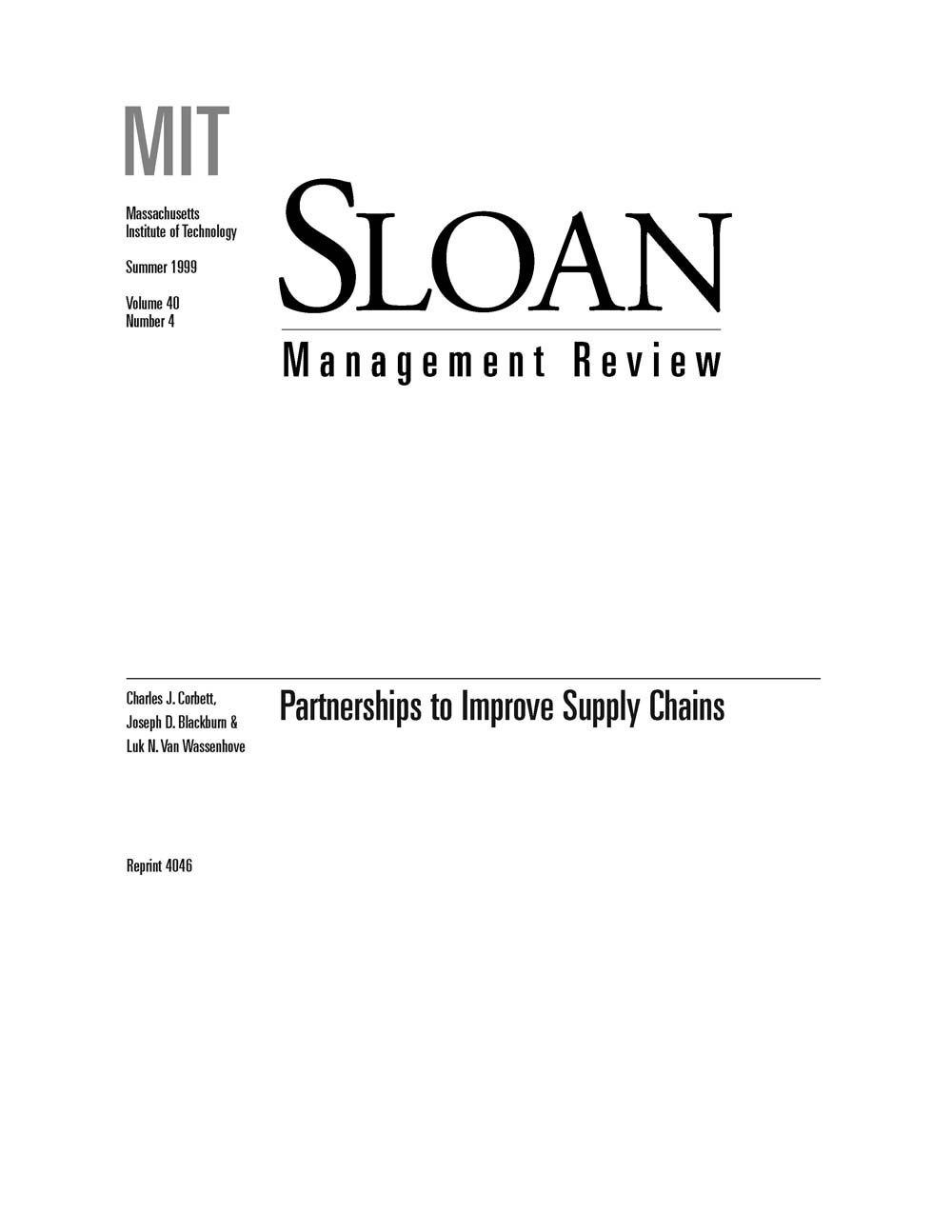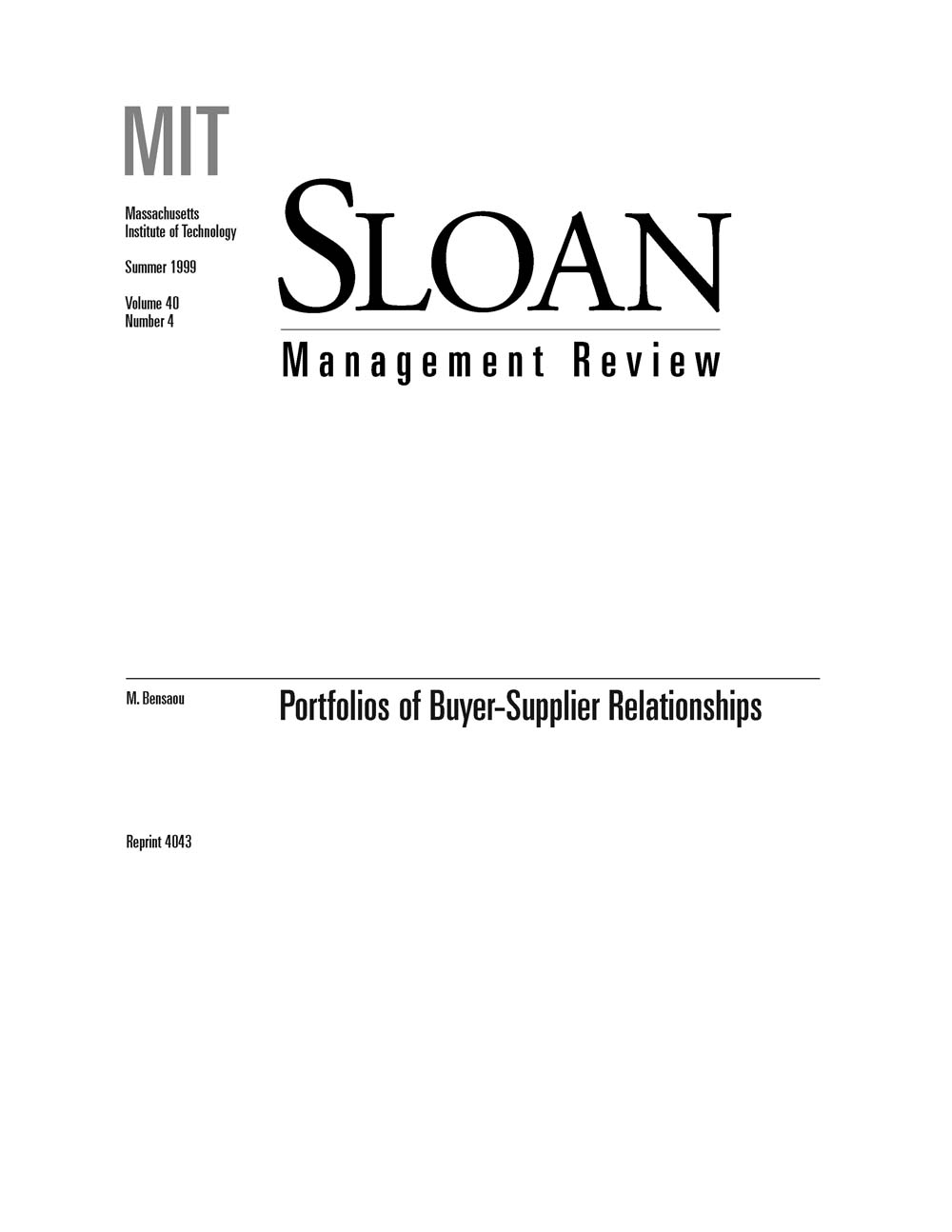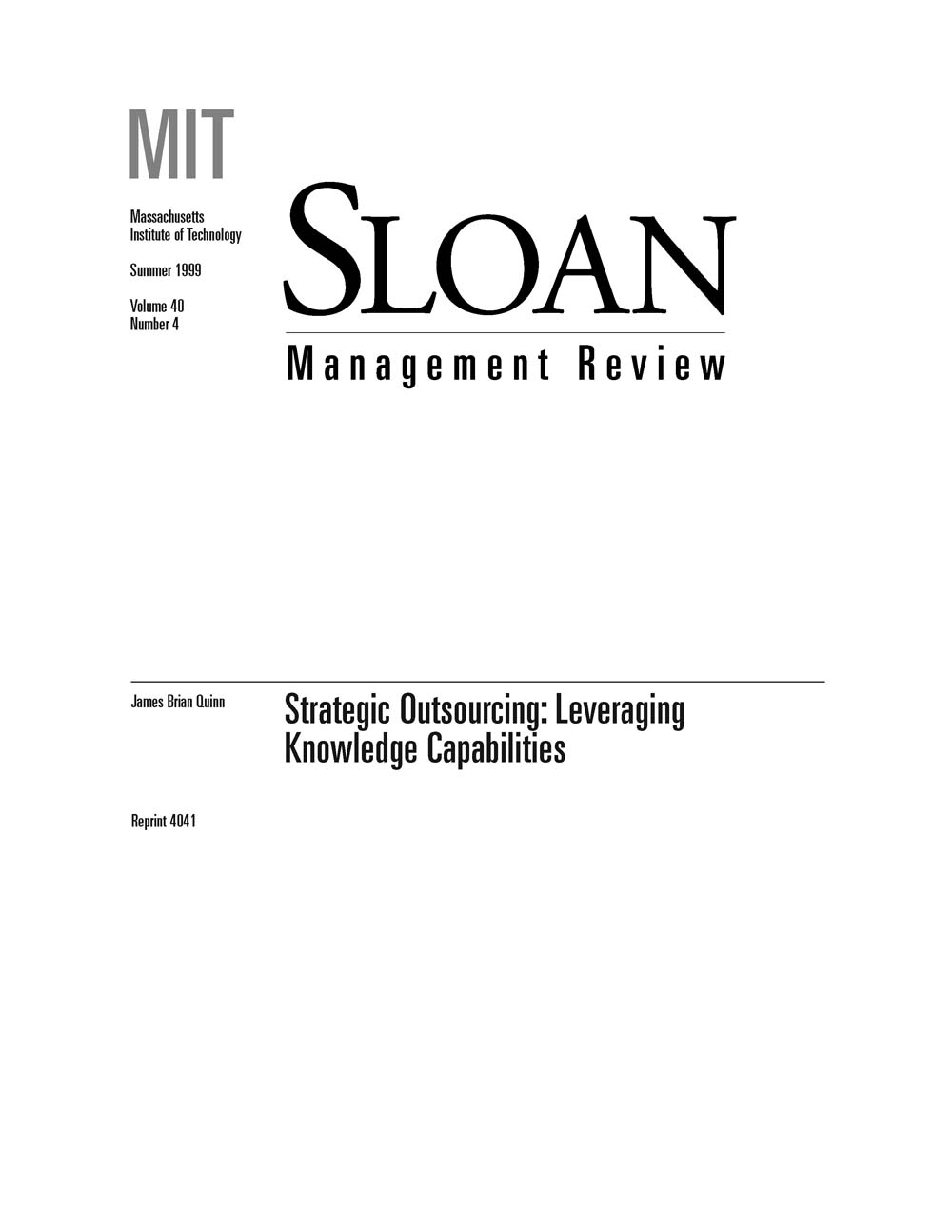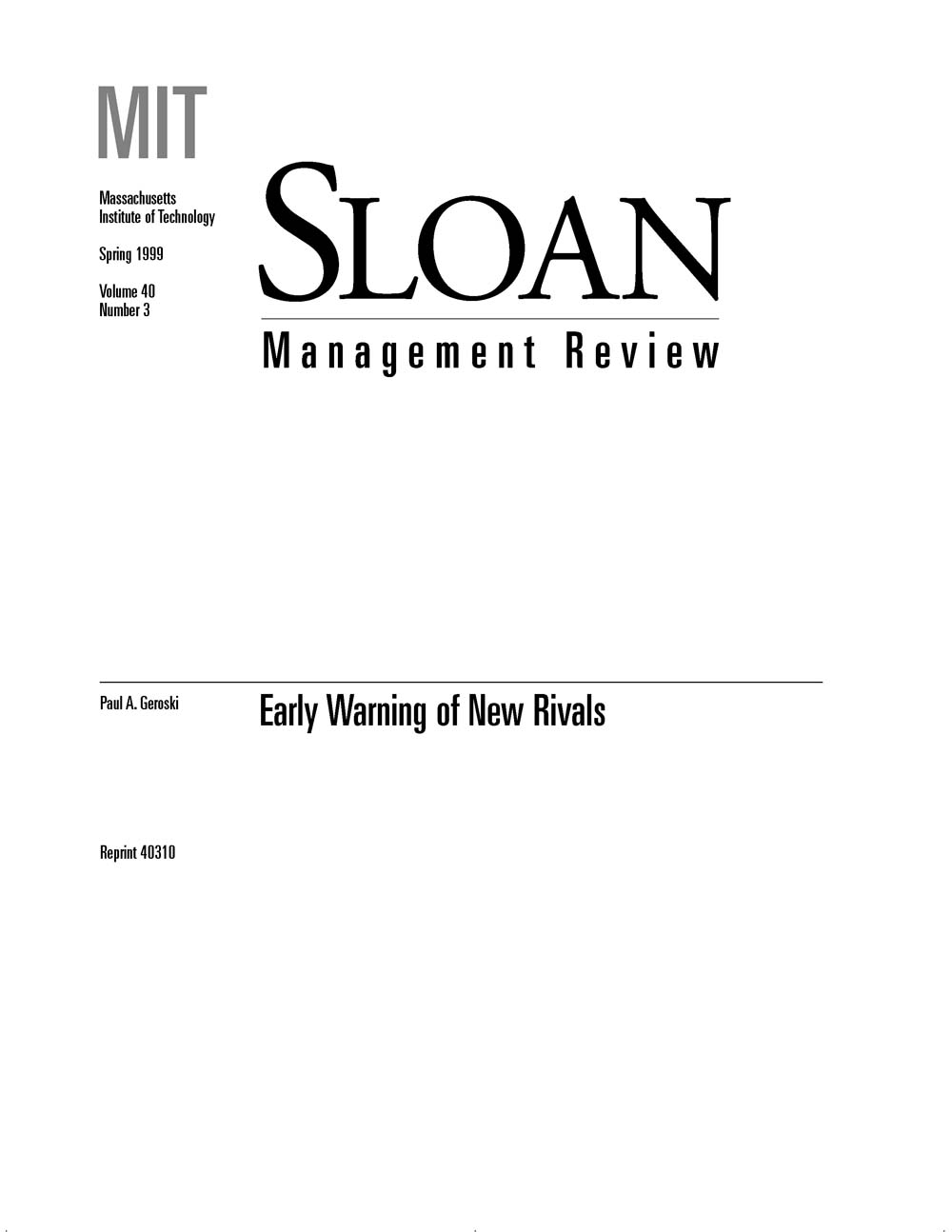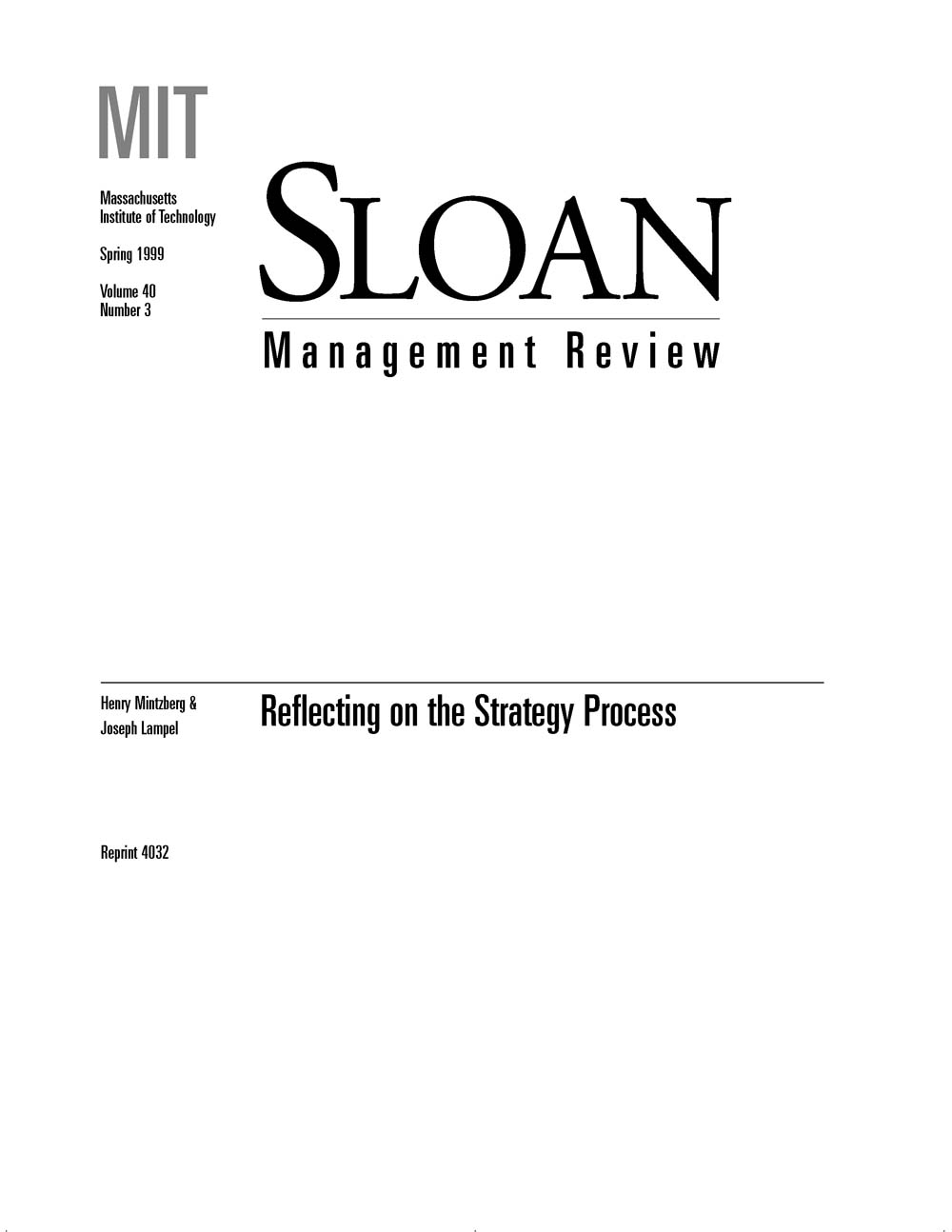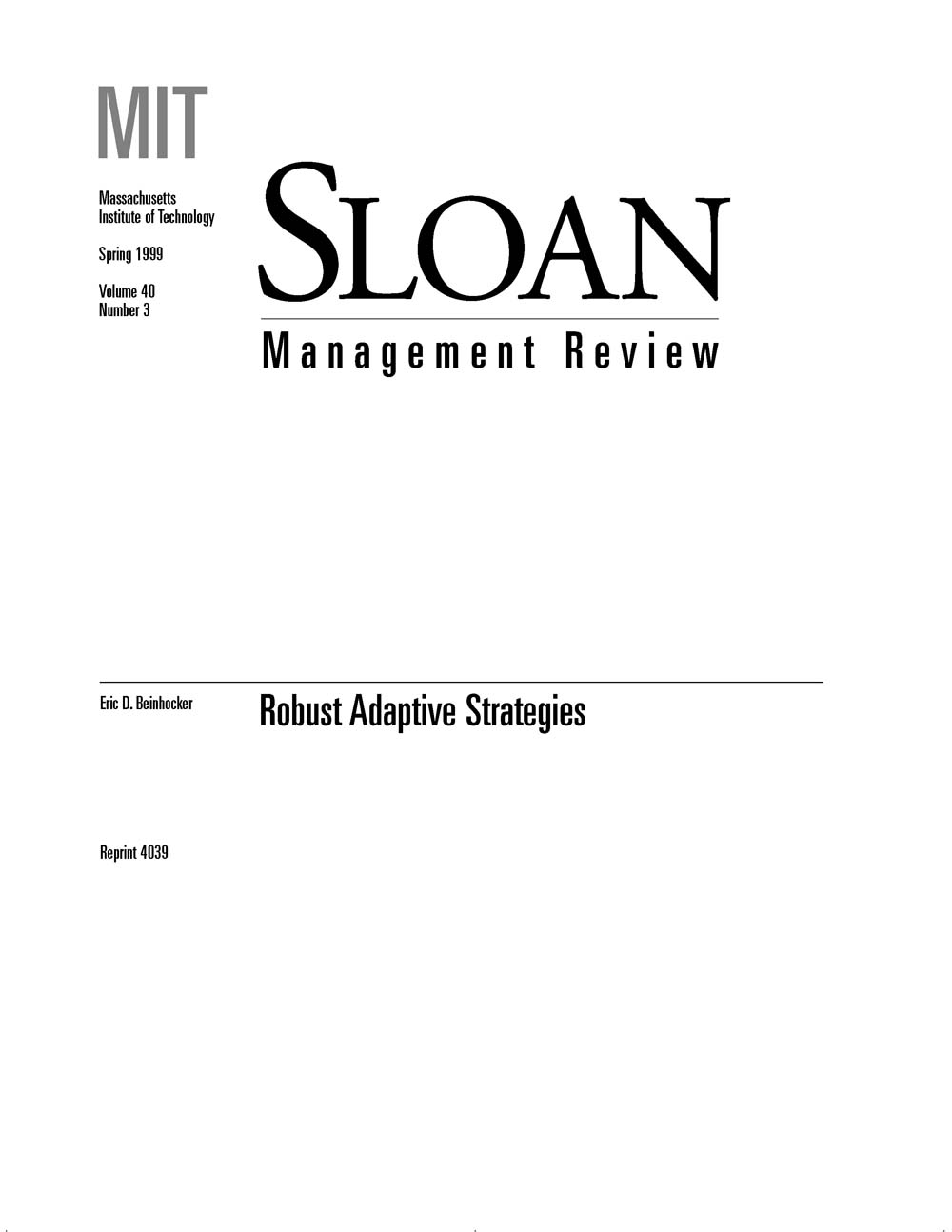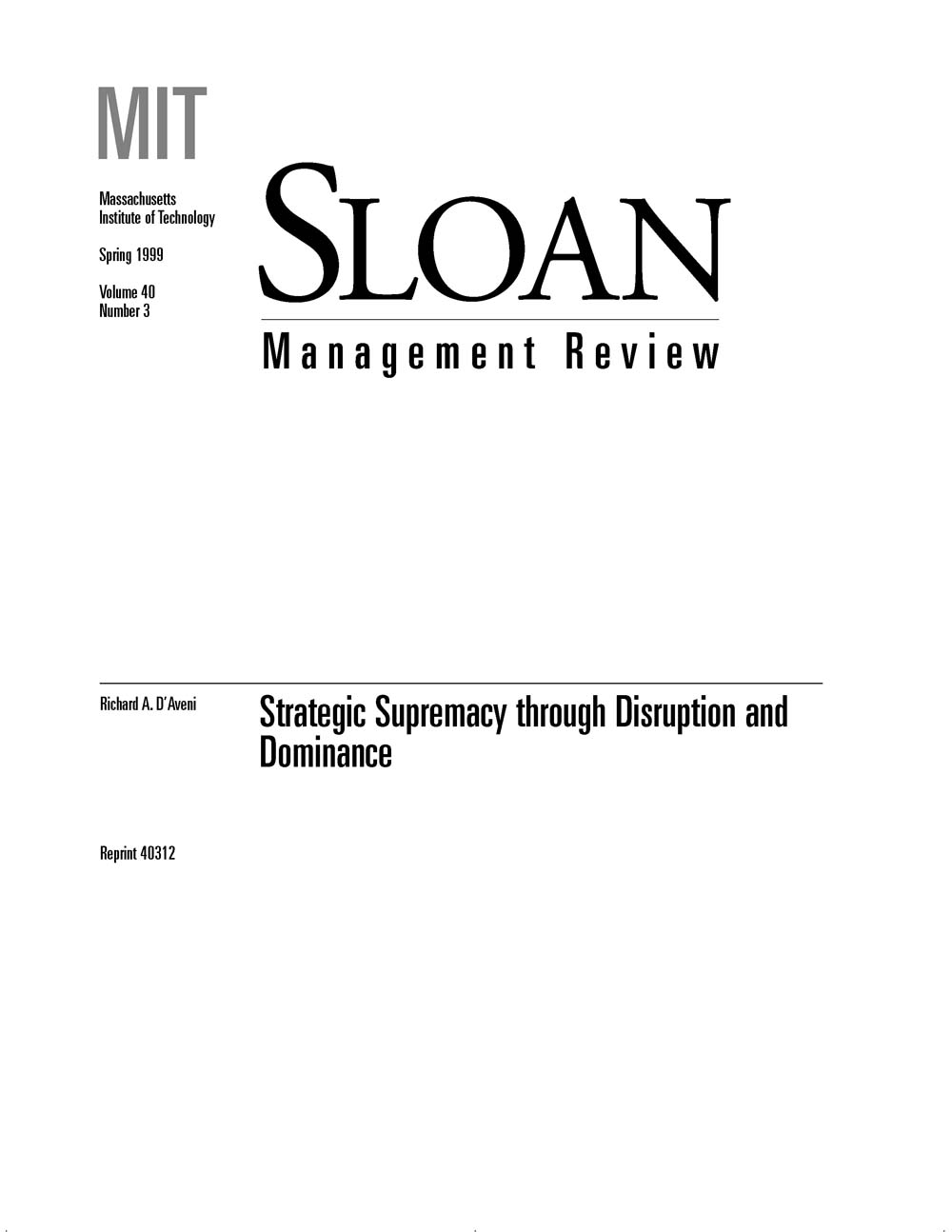Faced with increasing global competition, many firms are finding that price-based or target costing is emerging as a key strategic tool. The target cost is a financial goal for the full cost of a product, derived from estimates of selling price and desired profit (which top management sets on the basis of firm strategy and financial goals). Product selling price is constrained by the marketplace and is determined by analysis along the entire industry value chain and across all functions in a firm. Common to most target-cost applications is a belief that large-scale cost planning and reduction must occur early in the product life cycle. However, Shank and Fisher believe there is no conceptual reason the methodology cannot be a value-added exercise applied to existing products during manufacturing. They posit that if managers were to believe that, during manufacturing, only incremental (i.e., slight) change is possible (through kaizen costing or controlling costs with standard-cost systems), firms would likely miss significant strategic opportunities. Shank and Fisher present a case study that demonstrates the relevance of target-costing techniques for a process-industry plant built in the 1890s that had been making largely the same products for fifty years. The firm's managers, who had used a standard-cost system for many years, might have concluded that kaizen costing was most appropriate for this plant. However, competitive realities necessi-tated a major strategic change that employed target costing as an important ingredient in cost-reduction efforts leading to strategic revitalization. At the beginning of this field study, plant managers focused too much attention on standard cost versus actual cost. There was heavy pressure to move standard cost toward actual cost in order to minimize unfavorable variances for public financial reporting. Managers focused too little attention on ideal manufacturing cost, and target costing received no attention. At the end of the field study, the most useful cost-management tool focused on ideal manufacturing cost versus target cost in relation to actual cost. The standard cost concept essentially dropped out of the picture. Target costing forced managers to rewrite the rules of the game by changing the way the mill delivered value to the customer. Because standard costing accepts the existing game rules and the existing value chain, the authors believe that fundamental cost breakthroughs are much more probable when using target costing.
Strategy P. 17
Page 41 of 46
-
Unwise Decisions and Unanticipated Consequences
How faulty decision making led to the ruin of a once profitable ordnance manufacturer.
-
Partnerships to Improve Supply Chains
Processes to solidify and streamline supplier-customer relationships can result in mutually beneficial commercial success.
-
Portfolios of Buyer-Supplier Relationships
A survey on supplier relationships administered to 447 managers from the major U.S. and Japanese automobile manufacturers showed that these firms do not manage primarily by strategic partnerships, but instead participate in various types of relationships. The author proposes and empirically validates a framework for managing a portfolio of relationships that will help senior managers answer two key questions: Which governance structure or relational design should a firm choose under certain external contingencies? What is the appropriate way to manage each type of relationship? The survey examined the specific investment of buyers and suppliers from both national samples in four types of relationships: strategic partnership, market exchange, captive buyer, and captive supplier. Interestingly, the level of investment made by either party in every type of relationship significantly correlated with practices commonly associated with strategic partnerships, such as long-term relationships, mutual trust, cooperation, and wide-scope relationships that include multiple components. No one type of buyer-supplier relationship & #8212; not even the strategic partnership & #8212; was inherently superior, which suggests that each can be well or poorly managed. Firms successfully manage supply chains by matching relationship type to specific product, market, and supplier conditions and by adopting an appropriate management approach for each type of relationship. Findings also countered the popular belief that Japanese firms tend to manage their suppliers using highly dedicated relationships or strategic partnerships. They appear to conduct business with a smaller ratio of strategic partnerships than is commonly believed (19 percent of the sample) and to extensively use market-exchange relationships (31 percent) & #8212; a practice usually associated with Western manufacturers. The author provides a contextual profile of product and market conditions most conducive to each type of relationship and discusses the management features common to the best performers in each category. By consciously and systematically matching the design of each relationship to its external context, product executives can stifle the urge to join the sweeping fad of strategic partnerships and avoid underdesigning and overdesigning external relationships.
-
Strategic Outsourcing: Leveraging Knowledge Capabilities
Today's knowledge and service-based economy presents opportunities for well-run companies to increase profits through strategic outsourcing.
-
Early Warning of New Rivals
A methodology to aid in anticipating and preempting the emergence of market newcomers.
-
How a Firm's Capabilities Affect Boundary Decisions
Determining which business activities to bring inside a firm and which to outsource is a critical strategic decision. Firms that bring in the wrong business activities risk losing strategic focus; those that fail to bring the right business activities within their boundaries risk losing their competitive advantage. A well-developed approach for determining a firm's boundary, called transactions cost economics, specifies the conditions for managing a particular economic exchange within an organizational boundary and the conditions for choosing outsourcing. A popular version of transactions cost economics requires managers to consider a single characteristic of an economic exchange -- its level of transaction-specific investment. Three concepts aid in understanding transactions cost economics as applied to firm boundary decisions: governance (the mechanism through which a firm manages an economic exchange), opportunism (taking unfair advantage of other parties to an exchange), and transaction-specific investment (any investment that is significantly more valuable in one particular exchange than in any alternative exchange). Firms can use governance mechanisms to mitigate the threat of opportunism. Traditional transactions cost economics does not focus on the capabilities of a firm or its potential partners, even though economic exchanges involve (1) cooperating with firms that possess critical capabilities, (2) developing capabilities independently, or (3) acquiring another firm that already possesses needed capabilities. The author describes the conditions under which a firm's decisions on managing its business activities should be affected by its capabilities and those of its partners. When these conditions hold -- conditions particularly common in rapidly evolving high-technology industries -- firms should make boundary decisions that differ significantly from what would be suggested by traditional transactions cost analysis.
-
Reflecting on the Strategy Process
Viewing the evolution of strategic management as ten "schools" of practice, Mintzberg and Lampel explore whether these perspectives represent fundamentally different processes of strategy making or different parts of the same process. Unwilling to be constrained by either definition, the authors point out that some schools clearly are stages or aspects of the strategy formation process. Under certain circumstances, such as during start-up or under dynamic conditions when prediction seems impossible, the process may tilt toward the attributes of one school or another. Thus, identifiable stages and periods exist in making strategy -- not in any absolute sense, but as recognizable tendencies. Despite this, the inclination has been to favor the interpretation that the schools represent fundamentally different processes. In cautioning against adopting a pseudoscientific theory of change in strategy formation, Mintzberg and Lampel note with optimism that recent approaches to strategy formation cut across the various schools of practice in eclectic ways. Some of the greatest failings of strategic management, they say, occur when managers take one point of view too seriously. Ideas and practices that originate from collaborative contacts between organizations, from competition and confrontation, from recasting of the old, and from the sheer creativity of managers are driving the evolution of strategic management today. Mintzberg and Lampel advise scholars and consultants to get beyond the narrowness of the ten schools to learn how strategy formation -- which combines all ten schools and more -- really works. The goal is better practice, not neater theory.
-
Robust Adaptive Strategies
Strategy development requires that managers predict the future in an inherently uncertain world. Many mistakenly do so on the basis of perceived historical patterns that, according to recent scientific understanding of complex systems, do not have great predictive value. Complex systems consisting of many dynamically interacting parts are difficult and often impossible to predict because they exhibit punctuated equilibrium (periods of relative quiescence interspersed with episodes of dramatic change) and path dependence (small, random changes at one point in time that lead to radically different outcomes later). What, then, is a strategist to do? Beinhocker recommends cultivating and managing populations of multiple strategies that evolve over time, because the forces of evolution acting on a population of strategies make them more robust and adaptive. Because both biological evolution and business evolution are complex adaptive systems, to better understand business strategy, managers can employ a tool that scientists use to better understand biological evolution. An imaginary grid called a fitness landscape is an aid to comprehending how evolution increases the odds of survival in nature. In general, the rules for success in fitness landscapes also apply to business problems, though their specific application differs significantly by company and situation. The lessons of fitness landscapes offer an untraditional picture of what a company needs to develop a successful strategy. Because shifting an organization to this way of thinking about strategy is not easy, a company can take six actions to reinforce the robust, adaptive mind-set: -- Invest in a diversity of strategies. -- Evaluate strategies as real options that may open future possibilities, and remove biases that undervalue experimentation and flexibility. -- Diversify strategies along three dimensions -- time frame, risk, and relatedness to current business. -- Ensure that the strategies include sufficiently diverse initiatives in promising areas. -- Check that selection pressures on the firm's population of strategies reflect those operating on the population of strategies in the marketplace. -- Use venture capital performance metrics.
-
Strategic Supremacy through Disruption and Dominance
Whereas companies once focused primarily on outplaying competitors at a fixed game, now their central focus is on understanding the relationship between an environment's turbulence and their choice of strategy. By doing so, managers can develop better strategies that lead to and maintain strategic supremacy. This process begins with analysis of a firm's current competitive environment, followed by an understanding of the rules of the game in that industry. If a firm lacks the capabilities to succeed in the environment or wishes to challenge the status quo to improve its position, it might consider changing the rules. The ability to establish the rules of the game to control evolution is one facet of strategic supremacy. The player with strategic supremacy shapes the field and basis of competition for its rivals. Studies of hypercompetitive environments provide insight into the inextricably intertwined relationships among disruption, patterns of turbulence, the rules of competition, and definition of the playing field. Why is changing the environment important? Some strategies may work well in one environment but not in another. For example, strategies that are successful in fairly stable environments may be a liability in unstable ones. Whereas profits previously depended on stability and lack of rivalry, profits in hypercompetitive environments like those of the 1990s result from increased rivalry that focuses on defining a new basis of competition for customers. Extending the insights gained from hypercompetitive markets, D'Aveni suggests that turbulence creates competitive environments characterized by distinct patterns of disruption determined by frequency and their competence-destroying or competence-enhancing nature. The four competitive environments (equilibrium, fluctuating equilibrium, punctuated equilibrium, and disequilibrium) require different strategies. The goal of incumbent leaders and challengers in each environment is to achieve strategic supremacy by controlling the degree and pattern of turbulence. But, because rivals and customers are never content with the status quo, the battle for strategic supremacy is continuous.



